So that important online meeting is going to start at any minute, but you cannot connect to Zoom rooms, or, you’re stopped by the Zoom “Unable to Connect” error with code 5003. What can you do?
No doubt, this can be nerve-wracking, especially if everyone else is waiting for you on the other side in the Zoom room. You’ll be cracking your head for workarounds to this connectivity issue to get in as soon as possible. Trust us, we’ve been there.
The connection issue may be the “Error code: 5003”, or you’ll be stuck on the connecting page for a long time, hoping to enter the video call at any minute.
Eventually, your connection might even get halted and you’ll receive the following “Unable to Connect” error message.
Therefore, in this post, we’ll show you steps for when you cannot connect to Zoom rooms and fix the Zoom error code 5003. Plus, this guide caters to whichever platform you might use, which is either Windows, Mac, Android, and iOS devices. So skim through these quick and straightforward steps and see what works best for you.
11 Fixes for the Zoom Error Code 5003 or “Unable to Connect” Error
1. Restart the Zoom Application
This should be your first go-to step to confront this issue as it’s known to solve various minor technical issues. By doing this, essentially, you’re ending the initial session with the Zoom app before reopening the app to begin a new session.
This step can prove to be effective, as in the initial session, the memory or app cache may accumulate the more you interact with the app. Most notably if you’ve tried re-entering the Zoom room multiple times just to check if that resolved the issue.
Thus, rebooting the app can clear this unnecessary built-up memory. So, you’ll have a faster user experience, free from lag interfering with your online meeting and causing connection problems.
For this, what you’ll need to do is completely close the app, wait a few seconds, before reopening it. Then, you should attempt at reconnecting with the Zoom room to check if the issue is resolved.
For Mobile (Android & iOS)
Simply exit the app by tapping the home button, then remove the app from your Recently Used Apps. After that, tap on the Zoom app, to reopen it.
For PC (Windows & macOS)
In both Windows and Macs, merely closing the application by clicking the red X button at the corner of the window won’t close the app completely. To completely close the Zoom app, for Windows PCs, from the Windows tray on the taskbar, right-click the Zoom app icon and click Exit. Following that, you can open the Zoom application.
You can also check if Zoom is completely shut down through the task manager. If Zoom is still running and appears in the task manager, right-click it, and select End Task.
For Mac Users: From the top menu bar, select the Zoom icon that is running, then from the drop-down, click Quit Zoom. After a few seconds, you can reopen the Zoom app.
2. Restart Your PC or Phone
Whether you’re on your PC, mobile device, or just about any modern tech, rebooting it is known to solve various technical issues effectively. Similar to the previous step, restarting your device can remove certain unnecessary cache, mainly system cache. Hence, significantly freeing up your RAM and speeding up your device along with its apps.
Moreover, it’s known to prevent glitches as well, so you’ll have fewer interruptions or latency during your video call.
For this, you don’t need to do any extensive reset, and a simple restart does the trick. Plus, your device should be able to do a full reset within 1 minute. So, do give this step a go, before proceeding with the rest of the steps in this guide.
For Windows: Click the Windows icon at the bottom left corner, then from the Start menu, click on the Power button, and choose Restart.
For Mac: The easiest way to prompt a restart is, click the Apple Menu, situated at the top left corner of the screen, then from the drop-down, select Restart. At the subsequent message asking “Are you sure you want to restart?”, click Restart.
For Android: Press and hold the Power button on your Android Device, then from the subsequent pop-up choose Restart.
For iPhone: The simplest way to restart is, press and hold the Power button, then slide the Power Off switch to turn off your phone. After about 1 minute, you’ll need to turn on your iPhone, so press and hold the power button till the Apple logo appears.
With that, after a quick restart of your device, your device will undoubtedly feel smoother. Thus, do open the Zoom app and check if the Zoom error code 5003 is still popping up.
3. Disable Your Antivirus and VPN
This step is mainly for PC users since it’s common for them to use third-party Antivirus or VPN software. Usually, using these software shouldn’t affect your essential apps that pose no harm to your device. In fact, using a VPN or Antivirus can ensure your device’s security during your online sessions and when browsing the net.
Nonetheless, we’ve seen reports of certain antivirus and VPN services interfering with users’ online apps such as particular games or even apps like Zoom. This may be because the services can sometimes restrict or even stop the internet connection to the apps attempting to connect online. Usually using poor-quality VPN and Antivirus software that are often offered for free can cause these connection interferences.
Therefore, we would suggest opening your VPN and Antivirus application, temporarily disabling it, then try rejoining the Zoom room. That way, if you still cannot connect to your Zoom rooms, then we can rule out your VPN or Antivirus as the cause.
Conversely, maybe consider investing in more premium antivirus and VPN options.
If you ask us, we recommend NordVPN, which is fast for our browsing needs and a daily driver, keeping us protected at all times, even during our Zoom meetings, as it leaves no interruption to our internet quality.
So, do check out NordVPN and their insanely-valued deals for a good-quality VPN subscription!

Get NordVPN with up to 68% OFF and more today!
4. Disable the Firewall (FOR PC)
According to the Zoom Help Centre, Along with using particular Antivirus software, the Firewall is also a primary cause for connectivity errors with the app, mainly the Zoom Error Code 5003. This may be because if the Firewall isn’t configured correctly, it can prevent your device from receiving certain info from the online Zoom servers. Hence, this leads to latency and connection failure.
Thus, we would recommend temporarily disabling the Firewall to determine if that resolves the issue. After that, you can allow permission to the Zoom app to bypass the Firewall.
On that note, we’ll demonstrate step-by-step how you can disable the Firewall on your Windows PC or Mac.
For Windows PC: Firstly, click the Search button at the bottom left corner of the screen, then search and open Virus & threat protection. Next, select Manage Providers, and here you can view and change the Antivirus(Step 3) and Firewall settings.
To disable the Firewall, under Windows Firewall, select Open app. Since you’re using a public WiFi, click on Public network. Following that, under Windows Defender Firewall, turn the switch off, and at the next message click Yes.
Now that the Firewall is turned off, you should check if Zoom can connect again.
For Mac: Open the Apple Menu, by clicking the Apple logo at the upper left corner, then from the drop-down, choose “System Preferences…”.
Following that, select Security/Security & Privacy, and click on the Firewall tab.
Next, click on the lock icon at the bottom left corner, and input your admin username and password to allow configurations. After that, click Turn Off Firewall.
To allow the Zoom app permission to bypass the Firewall, you can click the Advanced option for further Firewall reconfigurations.
Finally, after checking the Zoom app, do remember to turn the Firewall back on, to prevent any security breach on your PC/Mac.
5. Update the Zoom Application
Keeping the Zoom app running its latest version is seen to resolve technical issues as well effectively. This is because these updates come with useful bug fixes that may prevent interfering bugs from causing connection issues.
Besides that, updating can also improve the app’s performance; hence connection losses and latency during your online session can be averted. So, if you’ve noticed the app feeling a little sluggish when navigating through it, this may mean that the app requires updating.
With that said, the following are steps to update the Zoom app on whichever device you might be on.
For Desktop app on Windows PCs and Mac
To check for updates, click on your Profile icon at the upper right corner, and from the drop-down, select Check for Updates. If you receive the “Update Available!” message, click Update to begin installation promptly.
For Android and IOS
Simply go to the Play Store(Android) or App Store(IOS), go to the Zoom app page, and if there’s an update available the Update button will be visible, so tap on it.
Better yet, you can even choose to enable auto-updates for the app.
6. Check the Status of Zoom Servers
At times, the connectivity issue may not lie on your end. In fact, it may even be due to an error at Zoom servers preventing you from connecting. Thus, you may face issues interacting with various services such as Zoom Meetings or Zoom Chat.
However, this rarely occurs thanks to their robust servers that are always up and running. Nevertheless, it’ll only take a few seconds to inspect the server status briefly.
To check this, you can visit the Zoom Service Status page by clicking here. From here, you can view the status of all their services and whether they’re operational.
Other than that, you can also visit Down Detector to view the status of Zoom services. This is also a preferable option since you can see and compare with reports from other users as well. You can click here to visit the Zoom status page on Down Detector.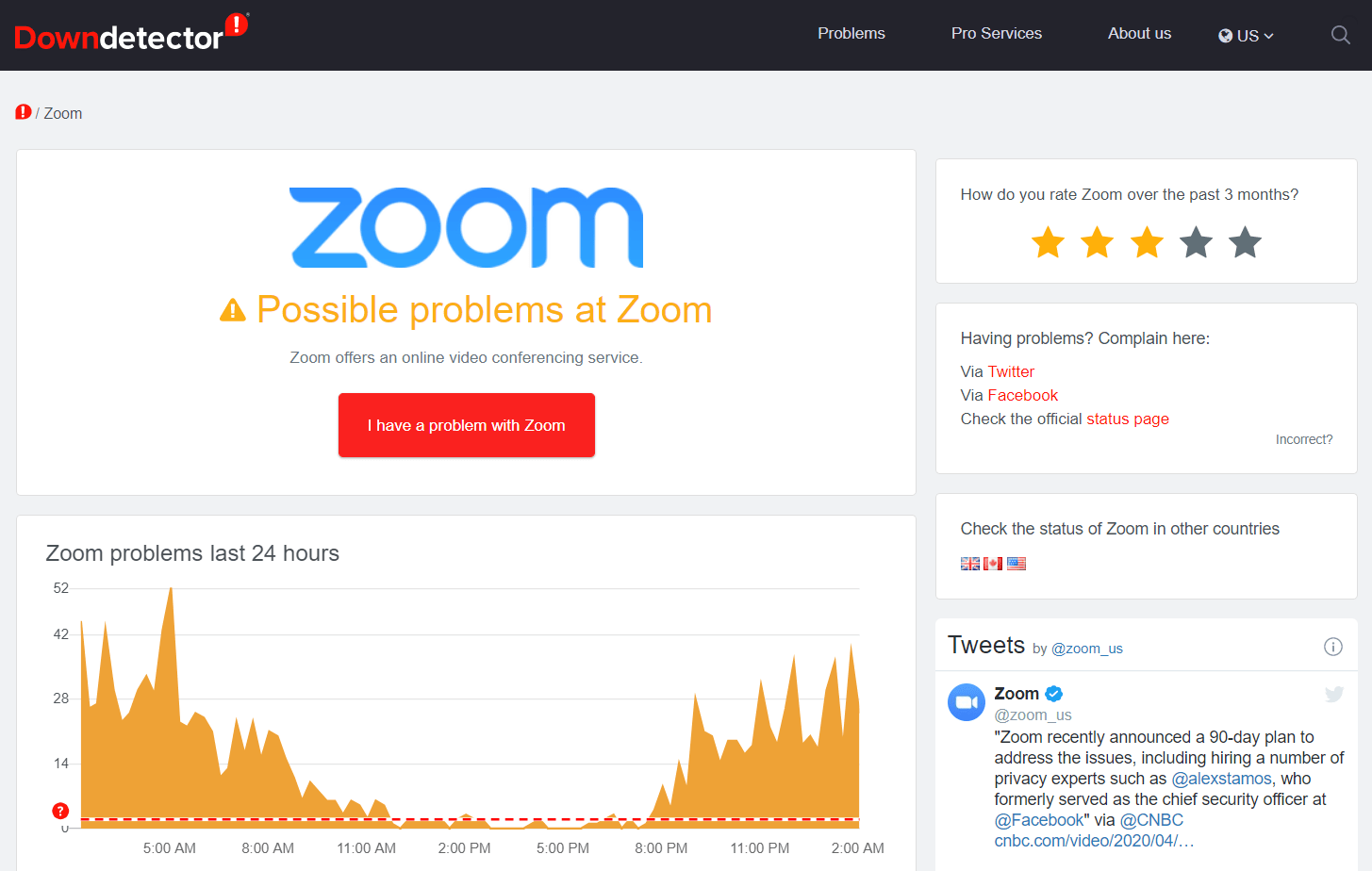
7. Use an Alternative Method to Join the Zoom Room
This is another step to fix the Zoom error code 5003, that has worked for users. For instance, if initially, you joined the room by clicking a link, instead try inputting the Meeting ID and password and vice versa.
Depending on the admin, some Zoom rooms don’t allow users entering through the one-click access link, as a safety measure. Especially considering that you’re prone to zoom-bombing and other security breaches with link access.
Thus, it’s better to join the room manually. For this, open the Zoom app, Select Join, input your Meeting ID, then click Join once more, and you may be prompted to input your password as well.
Therefore it’s just as simple to join a room whichever way you choose.
8. Wait 5 minutes, then Rejoin the Zoom Room
If many people are attempting to join a particular room at the same time, this can cause some unavoidable connection problems. You’ll be stuck on the Connecting page, and eventually, you may even be prompted with the “Unable to Connect” error message.
Thus, it’s best to wait for the servers to free up, and this should only take a few minutes. Plus, this is the only step you’re left with if you find the Zoom servers to be down or overloaded from Step 6.
In that case, we would recommend, waiting a few minutes, before restarting the Zoom app and attempting to join the room.
9. Contact the Zoom Technical Support
If you’re still unable to connect to Zoom, you can bring up the issue with the Zoom Technical Support team. That way, they can point out whether there’s an issue with your account, network, or maybe even an error on their end.
If you’re a free user like most of us, the only method to contacting their support is through submitting a support ticket. Thus, it may take up to a few hours(maybe more) for them to reply.
To submit a support ticket, go to the Zoom Help Centre page by clicking here. From here, you’ll need to sign in to your Zoom account which you were using. After that, filling up the form is fairly standard, as you just need to follow the instructions under each box.
10. Check and Disable the Proxy Settings (FOR PC)
As a bonus step, we’d suggest trying this step too, mainly because it’s one of the causes for an Error 5003 as stated on the error message. Although using a proxy has its benefits to users, such as increased security and bypassing certain restrictions, it too can potentially interfere with your connectivity. Thus, apps like Zoom may face issues connecting online to their servers with restrictions from the Proxy settings.
On that note, try temporarily disabling your Proxy settings, and see whether that manages to resolve the issue. Luckily, it’s fairly straightforward to check and deactivate these proxy settings. Plus we’ve prepared steps below for you, whether you’re on a Windows PC or a Mac.
For Windows PC
Click the Search button at the bottom left corner, then search for Internet Options and open it. After that, from the top menu, choose Connections and select LAN settings. Next, uncheck the boxes under Automatic configuration and Proxy server. Once done, click OK.
For macOS
Firstly open the Apple Menu, by clicking the apple icon, then select “System Preferences…”, and choose Network.
From the list of internet connections on the left, select your WiFi network that you wish to disable the proxy settings, then click “Advanced…”. Next, choose the Proxies tab, and uncheck all the boxes under “Select a protocol to configure:”. Once you’re done with that, click OK.
11. Check Your Internet Speed
Having a weak internet connection with low speeds can also result in you being disconnected from your Zoom rooms. Therefore, you can check your internet speed using apps like Speedtest by Ookla.
Preferably, you’ll need an internet connection with around 1mbps of download and upload speed for an adequate video call experience. For a more detailed list of internet requirements, you can refer to the Zoom System Requirements page under Bandwidth requirements by clicking here.
With that, if you find your internet speeds to be unsatisfactory, worry not, as there are a few minor ways for you to improve your internet speeds temporarily. Firstly, you should consider restarting your internet router which can cool down your router. Plus, this clears the built-up memory in the router that can potentially slow down the connection.
Besides that, you should also consider positioning your device in closer proximity to your internet router during online zoom meetings. This is to prevent your WiFi signals from being blocked by wireless connections and large solid objects like walls. Hence, this can increase the connection strength, and you’ll undoubtedly see a bump in your internet speeds.
If going on multiple video calls are a crucial part of your job description, consider investing in an upgraded internet plan. You can also try contacting your ISP if you aren’t receiving the speeds you’re paying for.
Conclusion
In a nutshell, nobody wants to be late to their Zoom meetings and keep their coworkers, friends, or worse their BOSS waiting. It’s like being late to a regular meeting, and that can make you look unprofessional.
With that, say goodbye to last-minute scramblings through Google and tech forums on workarounds to this connectivity issue. We’ve curated the steps you can take to fix when you’re unable to connect to Zoom or the Zoom error code 5003.
Let us know, have you ever encountered issues with connecting to Zoom rooms? Share with the rest of us how you solved the issue.
Feel free to share this post with someone whom you know is struggling with Zoom connectivity problems.
Frequently Asked Questions About the Zoom Error Code 5003 or “Unable to Connect” Error
How do I fix Zoom firewall error?
When attempting to utilise Zoom, if you receive a firewall error, this indicates that your firewall is preventing the connection. You can attempt the following methods to resolve this issue:
- Verify the firewall’s settings. Some firewalls might by default block Zoom. To check if it helps, you can try adding Zoom to the list of programmes that are allowed in your firewall settings. (Fix 4)
- Verify the antivirus settings. Some antivirus software packages could also disable Zoom. To check if it helps, you can try adding Zoom to the list of permitted programmes in your antivirus settings. (Fix 3)
- Verify whether you are using a VPN. A VPN could be interfering with your firewall if you use one. To test if it fixes the problem, try to disconnect from the VPN. (Fix 3)
- Are you connected to a work or educational network? There may be additional firewall or security settings in place if you are using Zoom on a corporate or educational network that are preventing the connection. You might need to get in touch with your network administrator or IT department.
- Look into your internet connection. Make sure your internet connection is reliable and robust. Changing your WiFi network or switching to a cable connection are both options you have. (Fix 11)
- Restart the device. Restarting your device can sometimes solve connection problems. Your computer should be turned off, given some time to pass, and then turned back on. (Fix 2)
You ought to be able to resolve the firewall error and connect to Zoom by taking these actions. If you need more help and are still having issues, you might try contacting Zoom customer service.
Why won’t Zoom connect on my laptop?
Numerous factors could be at play if Zoom on your laptop isn’t connecting. Several potential reasons include, problems with internet connectivity, firewalls and antivirus software blocks (Fix 4), VPN issues (Fix 3), incorrect permissions or settings (Fix 10), outdated Zoom applications (Fix 5), network congestion (Fix 11), and hardware issues.
Why my Zoom is not connecting to the network?
There could be a number of reasons why Zoom is not connecting to the network. Some possible causes include, internet connectivity issues (Fix 11), firewall or antivirus blocks (Fix 4), VPN conflicts (Fix 3), incorrect settings or permissions (Fix 10), outdated Zoom app (Fix 5), network congestion (Fix 11), and router problems (Fix 11).
What is the error code 503 in Zoom?
Error code 503 in Zoom indicates a service unavailable error. This may occur if Zoom’s servers are overloaded or unable to handle the request due to maintenance. A network issue or a problem with your device could also be to blame.
How to fix the error code 503 in Zoom?
Try the methods listed below to resolve this problem:
- Verify to see whether Zoom is off for maintenance. When Zoom’s servers are offline for maintenance, error code 503 may occasionally result. If there have been any developments, visit the Zoom website or social media sites to find out. (Fix 6)
- Look into your internet connection. Make sure your internet connection is reliable and robust. Changing your WiFi network or switching to a cable connection are both options you have. (Fix 11)
- Reboot your device. Restarting your device can sometimes solve connection problems. Your computer should be turned off, given some time to pass, and then turned back on. (Fix 2)
- Verify the settings for your antivirus and firewall. Your firewall or antivirus programme may occasionally prevent you from connecting to Zoom. To be sure that none of these programmes are preventing you from connecting, check their settings. (Fix 4)
- Reset your DNS. Your device’s IP address is converted from a website’s URL via your DNS, also known as the domain name system. It may be difficult to connect if your DNS isn’t functioning properly. You can attempt to reset it by choosing “Obtain DNS server address automatically” in your network settings.
You ought to be able to resolve Zoom error code 503 by using these procedures. If you need more help and are still having issues, you might try contacting Zoom customer service.
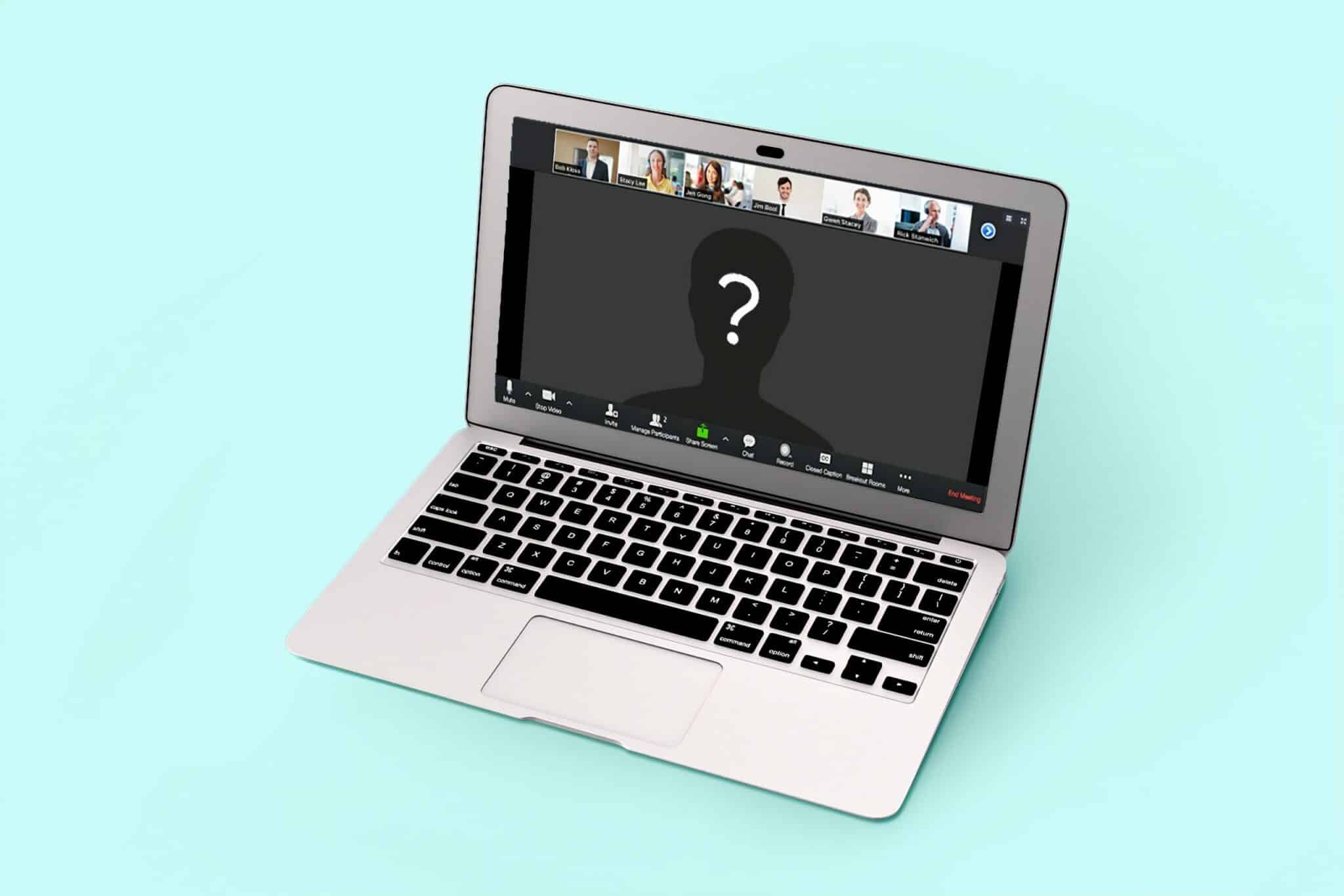



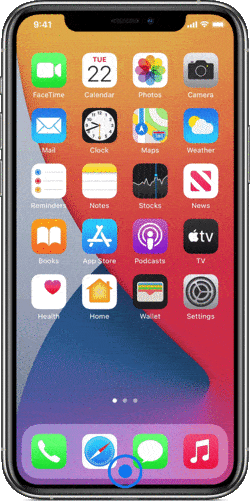

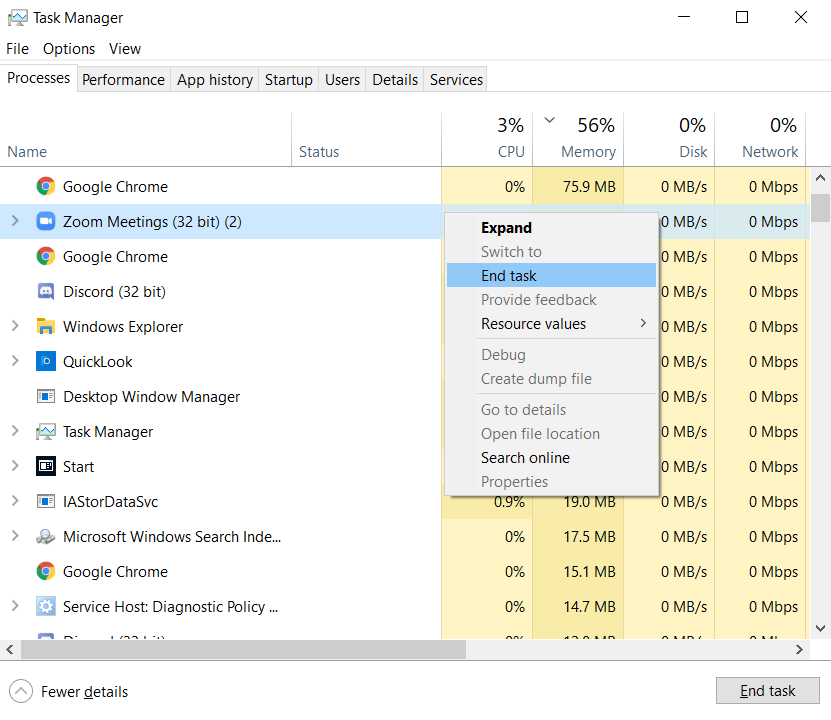
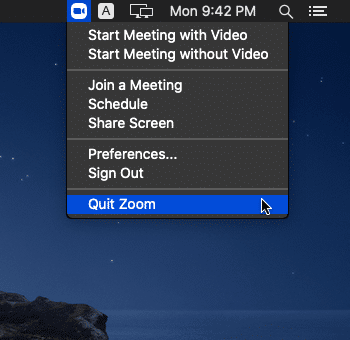







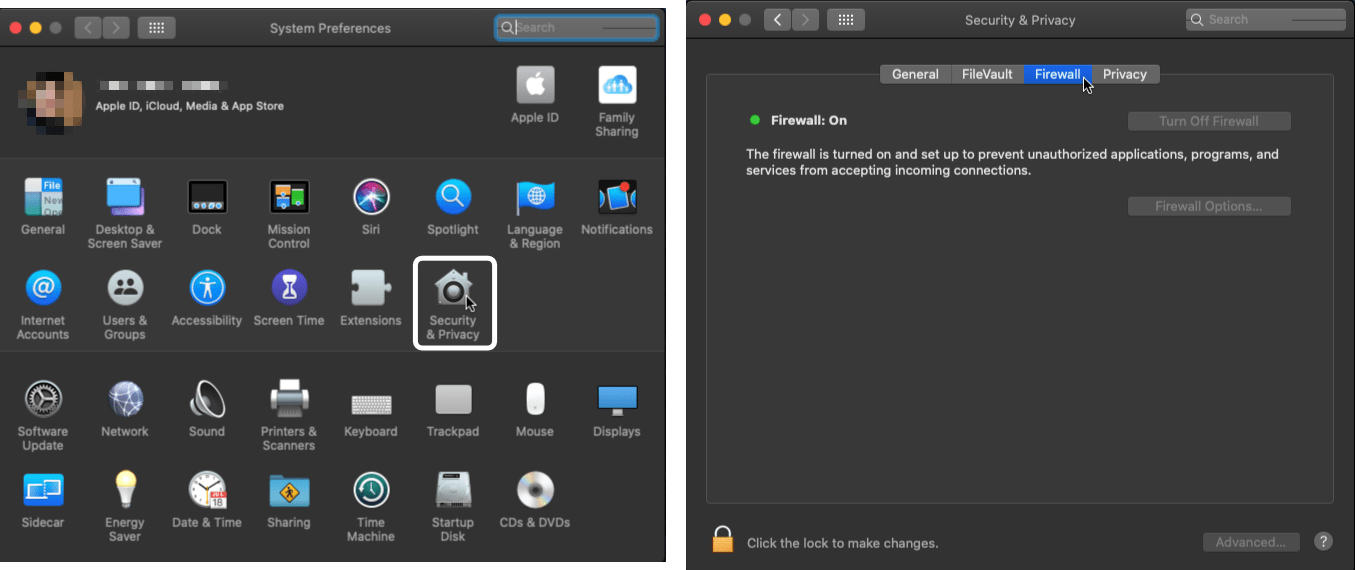
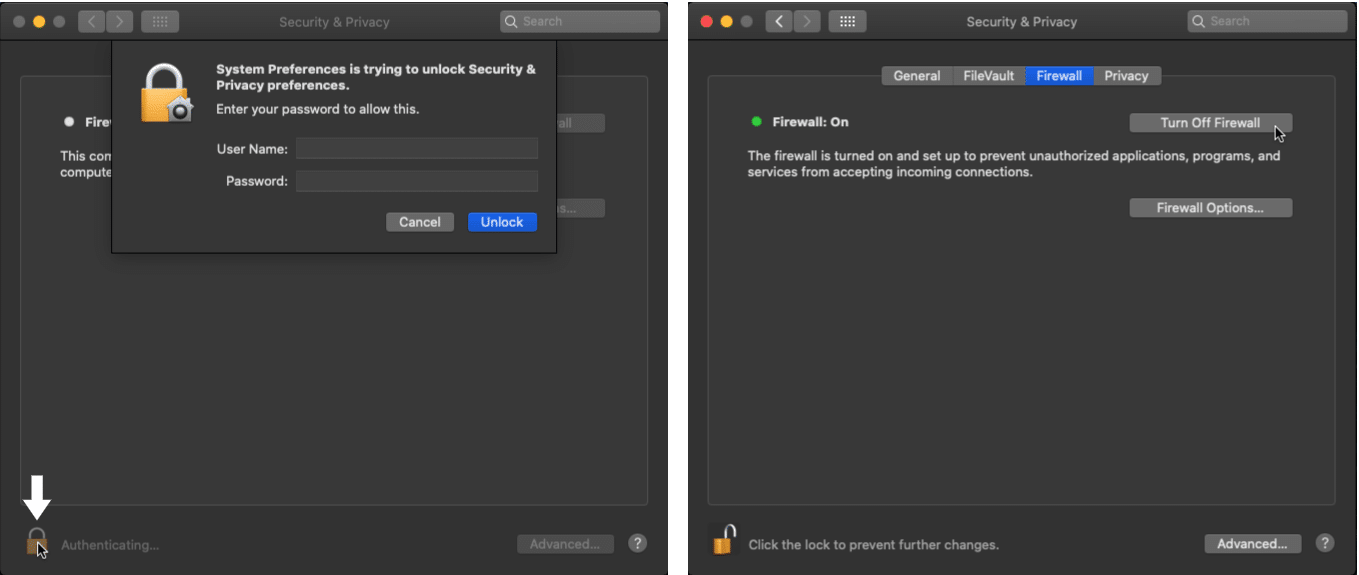


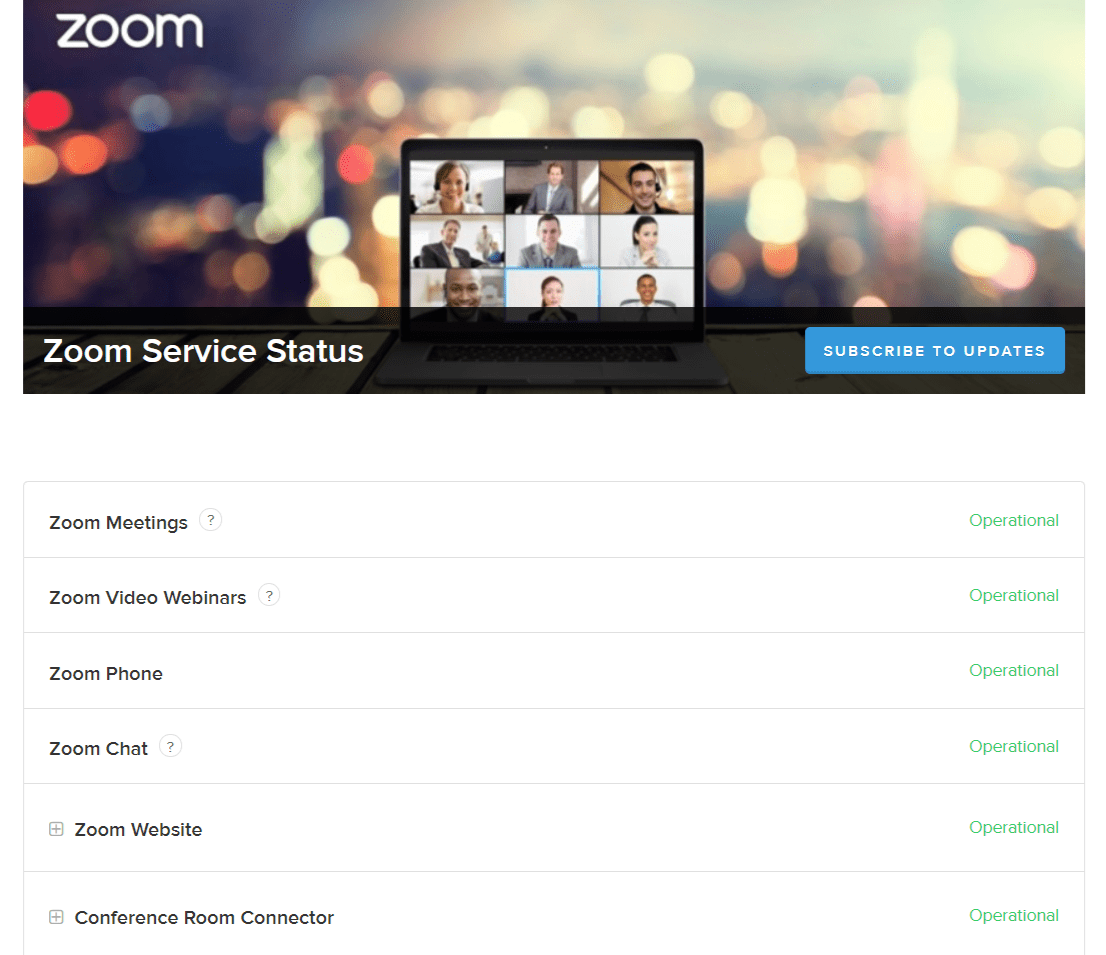
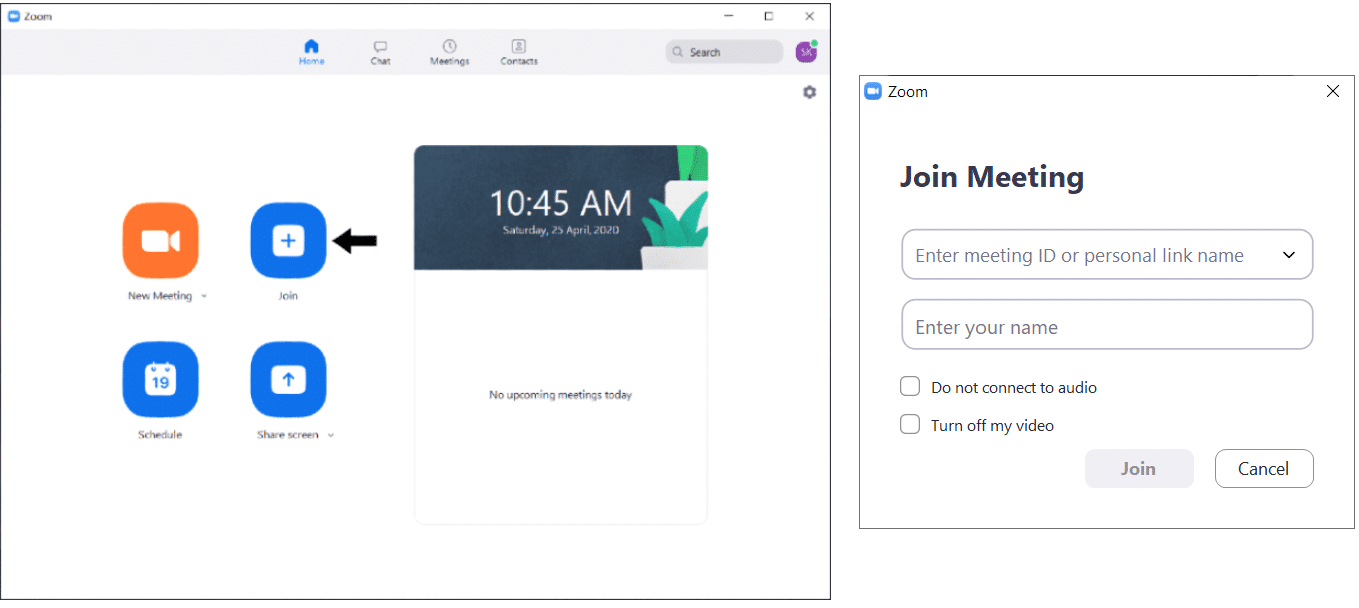




Thank You so much
you’re a real mastermind
I have been battling this problem for so long, I had to use the browser to join my classes
Thank You 🙂
even if you are not good on computers this website is perfect if you are looking for the solution of error-5003 because it provides the solution step by step compared from other sites.
3th way worked for me
i would to thank you guys
thank you so much it is such helpful
mine was the antivirus
Very good data to work with connection problems trying to access a zoom meeting . Thank You Very Much